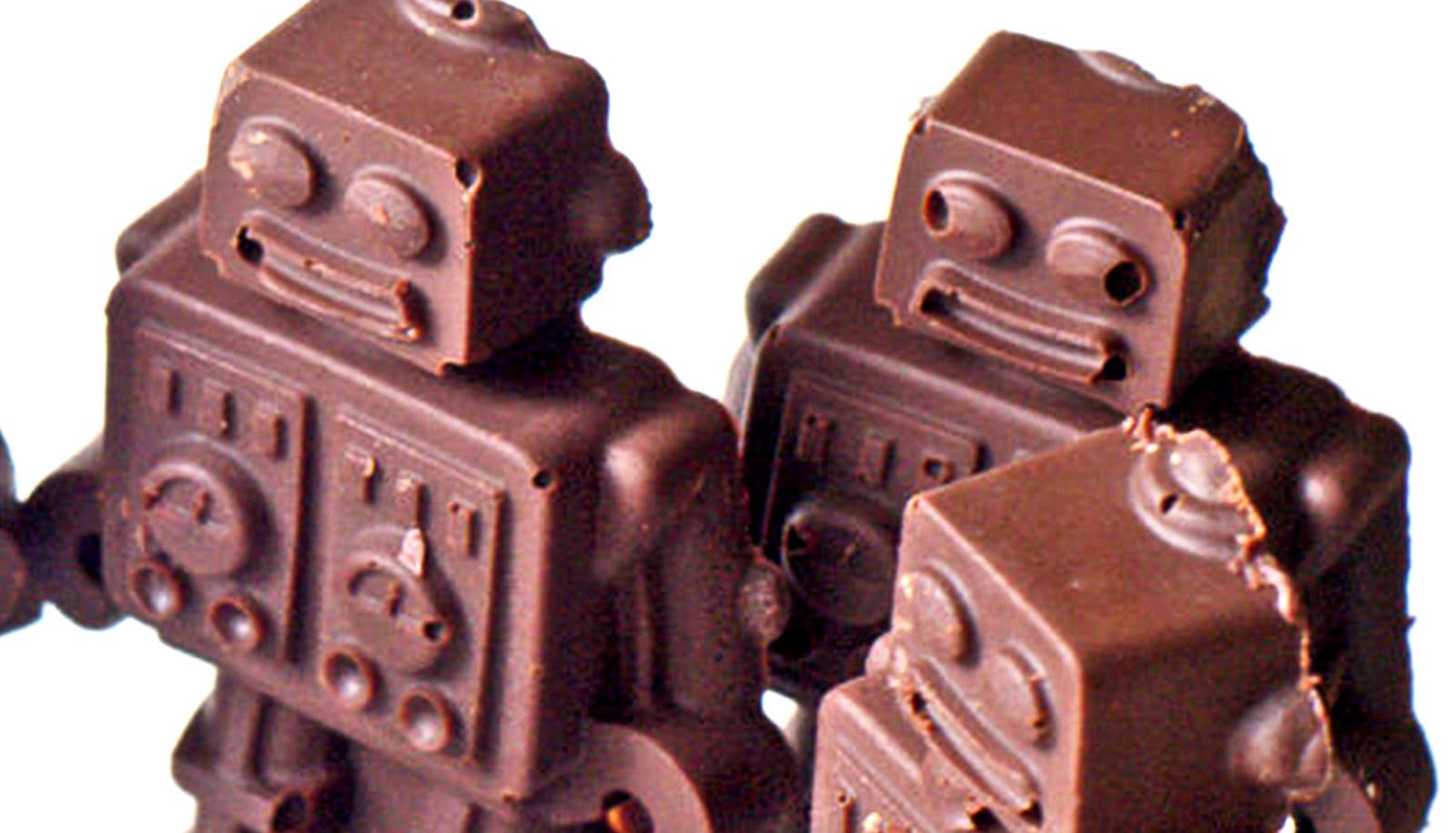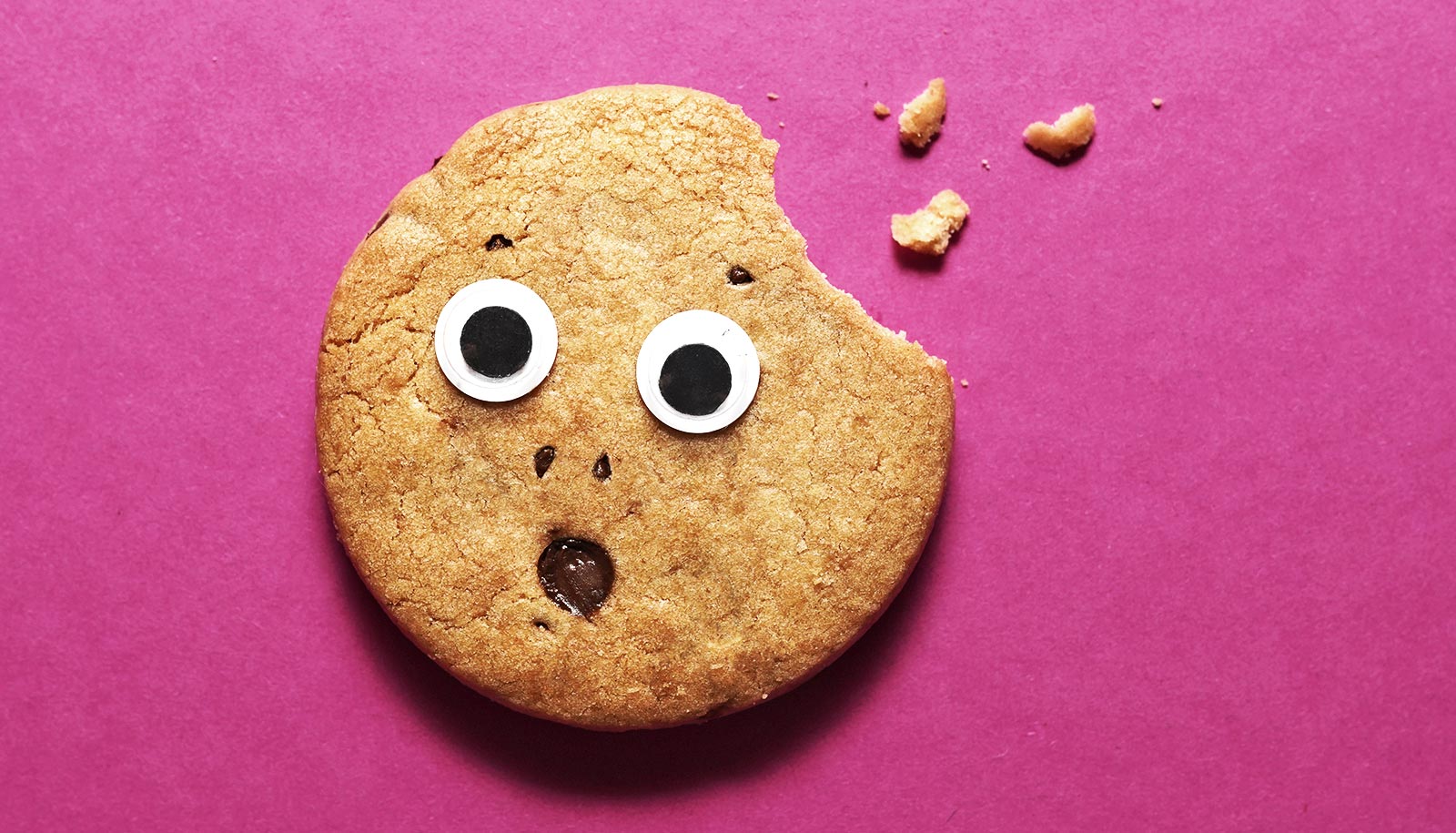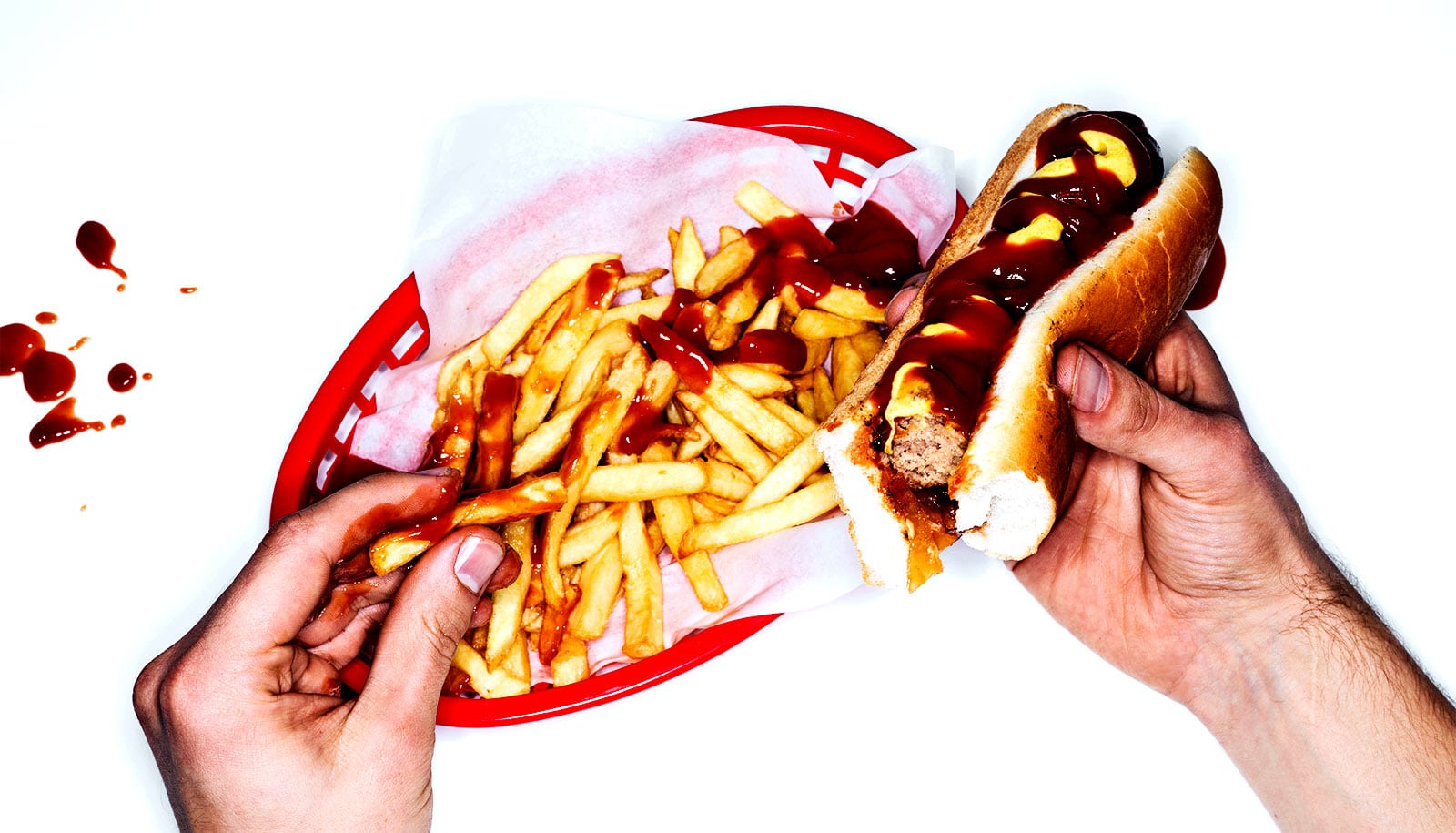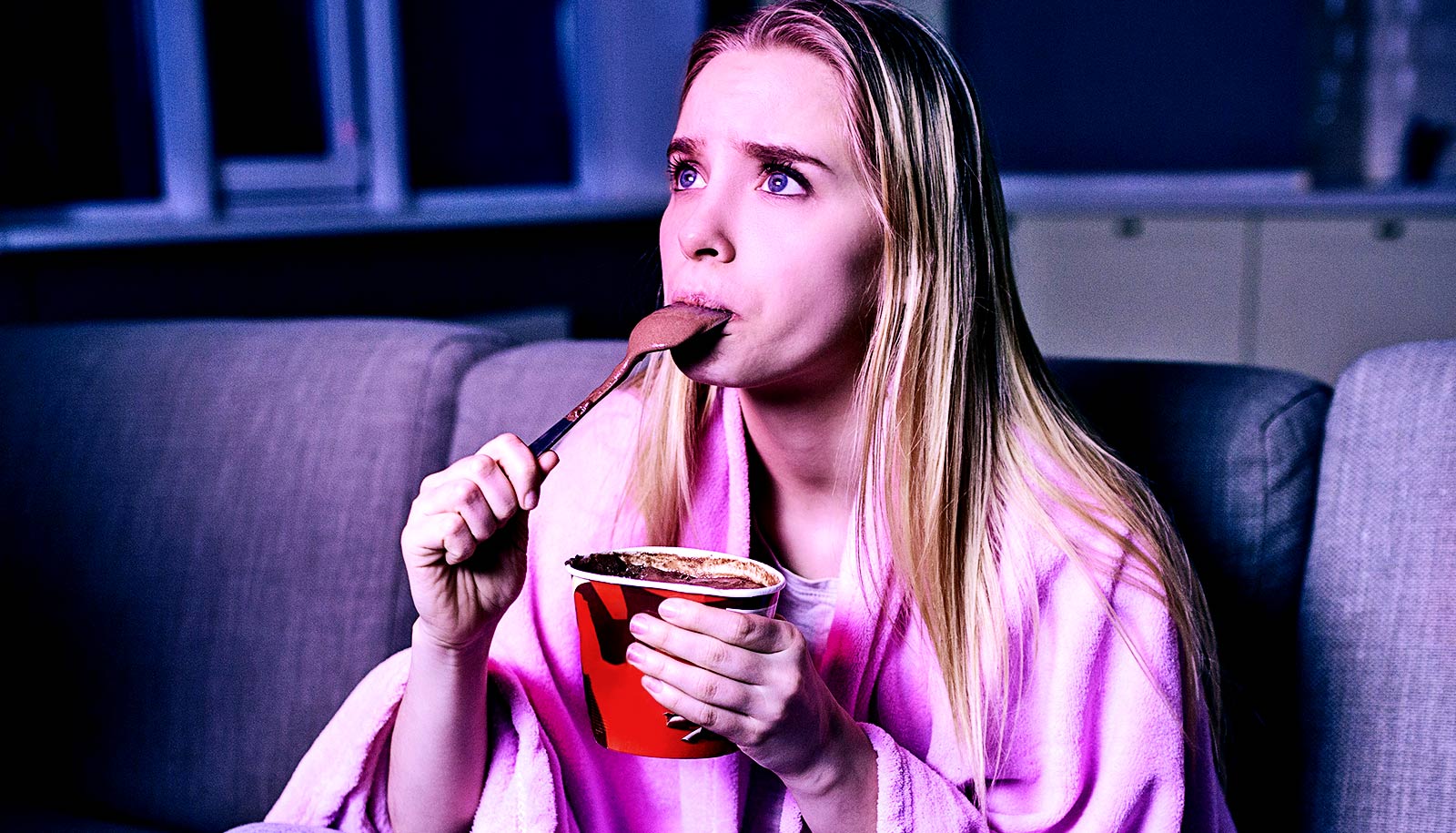Comparing our bodies to machines can encourage healthy eating for some people but backfire for others, according to a new study.
Whether it’s a pamphlet or a sign in a doctor’s office, health education materials often encourage people to take a more conscious, mindful approach toward eating. Many urge consumers to improve their dietary choices by thinking of their bodies as machines that need the right kind of food to work properly.
“When people are exposed to comparisons between humans and machines,” says Szu-chi Huang, an associate professor of marketing at Stanford University’s Graduate School of Business, “they naturally have this expectation that they’re supposed to think with their head, be cognitive, and approach food like machines—only picking food that is going to give them actual value and not looking for enjoyment.”
Yet this mechanistic view of nutrition only goes so far. While imagining the body as a machine can benefit people who already feel confident in their ability to choose nutritious food, this strategy falls short for individuals who aren’t as sure about healthy eating, according to a recent paper by Huang and her coauthor, Andrea Weihrauch, an assistant professor of marketing and consumer psychology at the University of Amsterdam.
Body as machine, food as fuel
The researchers conducted five studies to examine how representations of humans as machines affect consumers’ food choices. Their research, among the first to explore this topic, found that illustrations and mobile apps that compare humans to machines actually make some individuals choose less healthy foods.
“This finding is surprising to me because, in general, we tend to think that making decisions rationally, using our head, is a good thing,” Huang says. “I studied health psychology for a long time, and we always talk about how we should educate people on how to eat well, as if only we could get people to think rationally, then we wouldn’t have obesity.”
Representations of humans as machines have appeared in pop culture for generations. One of the earliest and most famous examples is the Tin Man in The Wizard of Oz, who longed to have a heart to feel the full range of human emotions.
Fast-forward to the 21st century, where brands like Snickers, Red Bull, Michelob, and Heineken have played on this symbolism to get people to succumb to their “human” cravings for junk food and booze. A series of recent Kit Kat ads tempted consumers with the tagline “Working like a machine? Have a break.”
“Marketers are trying to tell people to indulge, feel like a human,” Huang says. “This is based on the lay belief that choosing with your head means you choose something healthier, and choosing with your heart means you should enjoy that chocolate bar. We believe that, as humans, we gravitate toward fat and sugar, and as machines, which are ideal, we would choose the right food, just like we choose the right fuel for a car.”
To better understand this widely held belief, Huang and Weihrauch’s first study exposed 300 participants to imagery of the human digestive system presented either as machinery or human organs. These individuals were entered into a lottery for $9 worth of food coupons and asked to choose three snacks from a list of 10 that included both healthful and junk foods. Participants were then surveyed about how strongly they agreed with statements such as “If it were entirely up to me, I am confident that I would be able to eat a healthy diet in the next month”—a measure of their “eating self-efficacy.”
Individuals with greater levels of eating self-efficacy were more likely to choose low-calorie snacks such as peeled baby carrots. Exposure to human-as-machine messages also had a positive effect on this group’s food choices.
People with high eating self-efficacy, however, have a built-in advantage, because they’re already inclined to focus on the functionality of food. They’re less likely to “eat their feelings” or overeat when bored, and they have a knack for counting calories and estimating appropriate portion sizes. So urging these individuals to eat with their heads largely amounts to preaching to the choir.
Giving up on healthy eating
At the same time, the humans-as-machines message not only failed to motivate consumers with low eating self-efficacy, it also proved detrimental to their dietary choices. The anticipation that they would not be able to eat in a machine-like way led to what Huang describes as “a boomerang effect,” in which “some people actually end up eating higher-calorie and unhealthy food as a result.”
“Whenever we feel like a standard is not possible for us, we tend to give up and disengage, and that’s very normal,” Huang says. “That’s how we calibrate. We do more of the stuff we’re good at, and we move ourselves away from the things we’re not good at.”
Moreover, difficult standards can make people feel even less confident in their abilities, impelling them to assert their freedom by sidestepping expectations. The negative emotions triggered by self-doubt don’t help either, as they can cause vulnerable consumers to soothe themselves by overindulging in food, especially in high-fat and high-sugar foods, Huang says.
The good news is that a theory-based solution can counteract the boomerang effect. In Huang and Weihrauch’s fifth study, conducted in a Stanford University cafeteria, consumers with low eating self-efficacy encountered a human-as-machine message combined with the suggestion that they could eat cognitively. Statements such as “You CAN choose your food today with your head (not your heart)” led these individuals to improve their choices and had no negative effects on people with high eating self-efficacy.
“What we found here is that it’s really about making the expectations seem doable,” Huang says. “We cannot control the fact that when people are exposed to the stimuli, they think, ‘Oh I’m supposed to behave like a machine.’ But we can make it seem easier and more doable by reinforcing the message that you can actually choose food this way as well. By making it seem more approachable, we can alleviate this backfire effect.”
The research appears in the Journal of Marketing.
Source: Nadra Niddle for Stanford University



